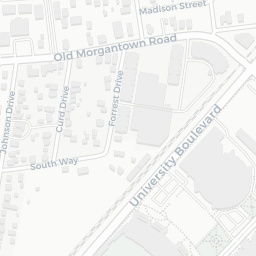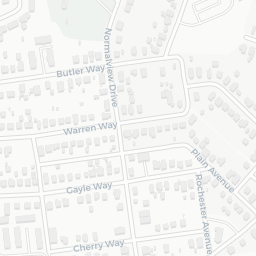Military Science and Leadership
STX Training Techniques
1. Training STX is a time consuming task. In order to rotate through one squad of cadets allowing each cadet to be squad leader once, it will take at least 11 hours of training to make cadets proficient. Using this method of training and evaluation in no way replaces the need for the collective task of moving through a STX lane as a squad leader or member of a fire team. This method does teach the leadership process and reinforces it in a direct and timely manner.
Table STX is a “TEWT”. It’s a one on one experience; the squad leader , his squad of dog tags (marked by position of a 9 cadet squad), the blank table (lane), the mission, a 5x8” card with a simple terrain sketch (the sand table), a pencil (power stick), the evaluator, the evaluation level (1,2), and the bag of tricks (OPFOR, incoming, bunkers, wire, roads, etc...). A cadet is forced to learn the process of leadership; they’re by themselves with no other cadets to help (remind, jump start, or ask questions to help the evaluated cadet through the task). This is very effective and a cadet can be stressed as squad leader effectively.
2. The training value and use of time is maximized. In one hour’s time a cadet can be challenged with two STX lanes as the squad leader. This way when the cadets do perform actual STX lanes they’ll be refining the skill of managing the squad and conducting movement. This also is evaluated using the STX lane evaluation giving the cadet a tactical leadership floor for the on-campus LAP.
3. How to conduct table STX. There are so many different situations, missions, and variables that can be introduced. Try to keep them realistic and winnable for the cadet or the training effect will be lost. Use your imagination.
Following is how to conduct table STX with a few techniques:
Two minutes to receive mission and ask questions. The evaluator gives all the setup information (i.e., AZ and Dist to the obj.), briefs the terrain, issues the situation and mission, then asks for questions. If the cadet is not mission focused or stalls in asking questions then the time begins.
23minutes to conduct TLP must cross LD NLT 23minutes, but is not to cross any earlier than 22minutes. This is so the cadet learns to use time effectively.
The WO and OPORD are given directly to the dog tags (which represent 8 subordinates in the squad).
If the squad leader delegates tasks to the Tm Ldrs, then they are implied as being completed. If time keeping is designated, then the evaluator keeps the time and calls it out as specified. This is so the cadet will stay on his/her time line.
The cadet actually asks for questions from the squad and conducts brief backs with the squad, the evaluator replies with the questions and answers as it applies.
Eight minutes to conduct the mission after crossing the LD. Have the cadet turn their back away from the board (so they cannot see the board while the board is modified by the evaluator) between each segment of movement (i.e., how far have your gone, correcting movement formation, showing different obstacles, x-ing danger area, reacting to indirect fire, seeing OBJ only during the recon, reacting to the variables),. The cadet sees nothing but a bare table until that step of the lane is reached. Once the action has been accomplished then it disappears.
Once the cadet turns back around only give the cadet a second to assess the situation. If he/she fails to react to the given situation, it develops against them. This is where the stress comes into play.
Note: If the situation is reacting to indirect fire and they run forward to a security halt, with the cadets back turned take one dog tag and this enforces the task of keeping accountability. See if they identify they're missing a dog tag and who? How do they go about locating their missing cadet (dog tag)?
STX is a timed event. Time schedule must be followed. Two minutes to give AAR. The evaluator starts right at receiving the mission. After completion of the table STX lane the cadet fills out a yellow card and is counseled prior to being released. STX is a leadership assessment in a tactical situation. The reference is FM 7-8. The tool is the patrol and leadership is evaluated. Total time for table STX is 45 minutes.
NOTE: The evaluators (cadre and MSIVs) must understand table STX, it must be thought through and rehearsed with the evaluators prior to executing it with the MSIIIs. Many tables (STX lanes) can be setup at the same time, so that more cadets can be trained during the lab or class.
We have trained our cadets on table STX for the last four years. It has proven to be very effective in teaching the STX process and reinforcing tactics.
Military Science and Leadership
Diddle Arena 2027
1605 Avenue of Champions,
Bowling Green, KY 42101-1030
(270) 745-4293
Additional Information




















